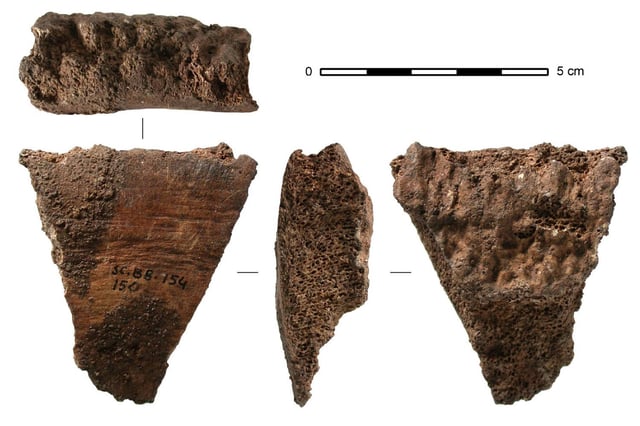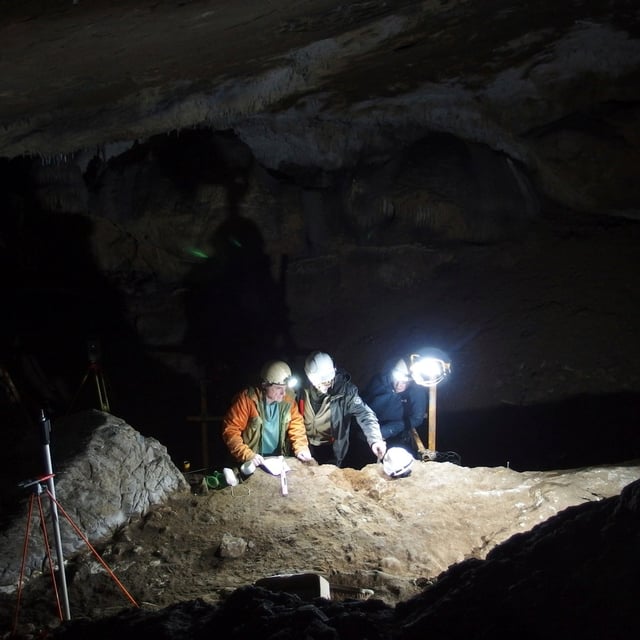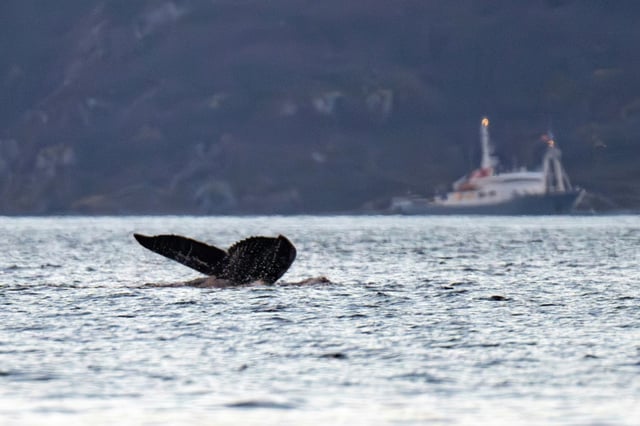Overview
- A Nature Communications study published May 27 confirms whale bone implements date to nearly 20,000 years ago, making them the oldest known examples of such tools worldwide.
- Artifacts were recovered from 26 Stone Age sites spanning northwestern Spain to southwestern France, including inland caves up to 300 kilometers from the Atlantic coast.
- Researchers used protein sequencing on 71 tools and 60 bone fragments to identify material from sperm, fin, blue, gray and right or bowhead whales.
- The whale bones primarily served as spear tips and shafts for hunting land animals, and some were intentionally broken to extract fatty oil as a dietary supplement.
- The findings underscore early humans’ reliance on coastal resources, which remain under‐explored due to post‐glacial sea level rise submerging ancient shorelines.



